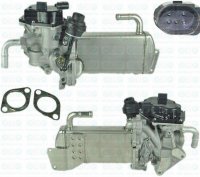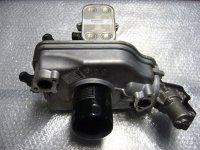calicasas
VIP Member
- Messages
- 420
- Vehicle
- T7 California Ocean 4 Motion
Plenty of info and photos around on Facebook forum pages. Engine wear is REAL, affecting a multitude of engines and a case is being put forward to VW as we speak. Bear in mind VW won't admit / accept anything until pressed. It took them a long time and a lot of pressure from many affected individuals to accept and begin repairing the roof corrosion issue.Disagree all you like, we are all entitled to our own opinions. Most of this entire discussion revolves around people's opinions, yours included. I refer to your earlier statement where you described the cause (rather than the POSSIBLE cause) as the cylinder bores becoming oval. Do you have any evidence of this? My comment that the cylinder bores might be manufactured slightly oval was obviously speculative, and not a statement of fact! I thought that was clear. There are obviously manufacturing tolerances involved that may not be adhered to.
I never at any point said the VW TPIs were the "internet chatter" - you are being manipulative to reinforce your own personal opinion. Is it not obvious what internet chatter is? We are creating it ourselves.
Tell me which TPIs explain the CAUSE of the problem, rather than just the effect.
Where is it stated that aluminium oxide can bind to the piston rings?
Where and when have VW ever disclosed that the source of the high oil consumption problem is the EGR cooler?
That's my tuppence worth... happy days
















